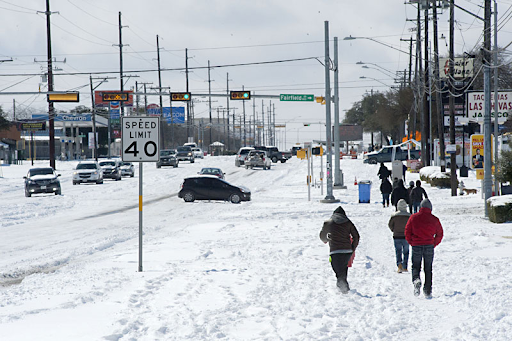Dissociation is a term and an experience often misunderstood. Today I’d like to talk to you about the basics of what dissociation is and the various degrees to which a person might experience it. Dissociation is defined by the International Society for the Study of Trauma and Dissociation as the disconnection, or lack of connection, between things usually associated with each other. What most do not realize is that most everyone dissociates to a small degree. Have you ever been reading a book and realized that you had to re-read a paragraph because you weren’t paying attention and missed the information? Have you ever driven to work or school, taking the route you always take, but if asked you couldn’t really detail the specifics (what cars you saw, how many stop signs you went through, etc.) of the drive to another if they asked? The most common form of dissociation we experience is plain and simple “tuning out.” We go through the motions of an activity, but we are not really present. Especially when it comes to routine activities, we tend to go on a sort of autopilot because we have repeated the process over and over again. So, one part of our brain takes us through the necessary motions while other parts of our brain engage in daydreaming or thinking about a conversation we had earlier. We disconnect. Luckily, this minor form of dissociation is not likely to cause us much difficulty.
In more severe forms of dissociation, the disconnection interferes with a person’s normal state of awareness and it can interfere or limit one’s sense of consciousness, identity, emotions, and memory. For example, a person may suddenly experience intense emotions with no obvious external trigger for those emotions. Then, for no apparent reason, the intense emotion is gone. Another example could be an individual may engage in behavior not typical for them but are unable to stop the behavior. Individuals with these experiences describe feeling as if they are “taken over” by something else, as if they are a “passenger” in their own body. Some individuals may even have experiences or say things while in these states that they have no memory of later, whereas some may be conscious of the event but are unable to control their actions.
These more severe forms of dissociation usually occur as a defensive response to trauma and highly distressing events. It is truly amazing that our brain is able to protect us when faced with psychologically overwhelming events. However, the long-term effects of our brain’s protective measures can make it difficult for individuals to function adequately in the world. What once served as a defense ends up becoming problematic because of the often-uncontrollable nature of severe dissociation.
Severe dissociation disrupts the way a person experiences living in 5 main ways: Amnesia, Depersonalization, derealization, identity alteration, and identity confusion. In Part 2 of this conversation, I will discuss these areas in more detail and the ways in which dissociative disorders develop.
Thank you for taking the time to learn more about dissociation and stay tuned for the next chapter coming soon!
References:
The International Society for the Study of Trauma and Dissociation – www.isst-d.org
Steinberg, M. (2008). In-Depth: Understanding Dissociative Disorders. Psych Central. Retrieved on March 20, 2015, from http://psychcentral.com/lib/in-depth-understanding-dissociative-disorders/0001377












